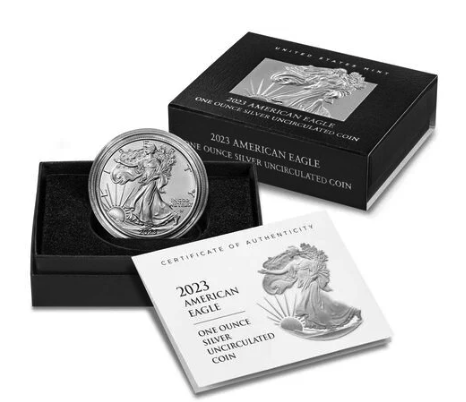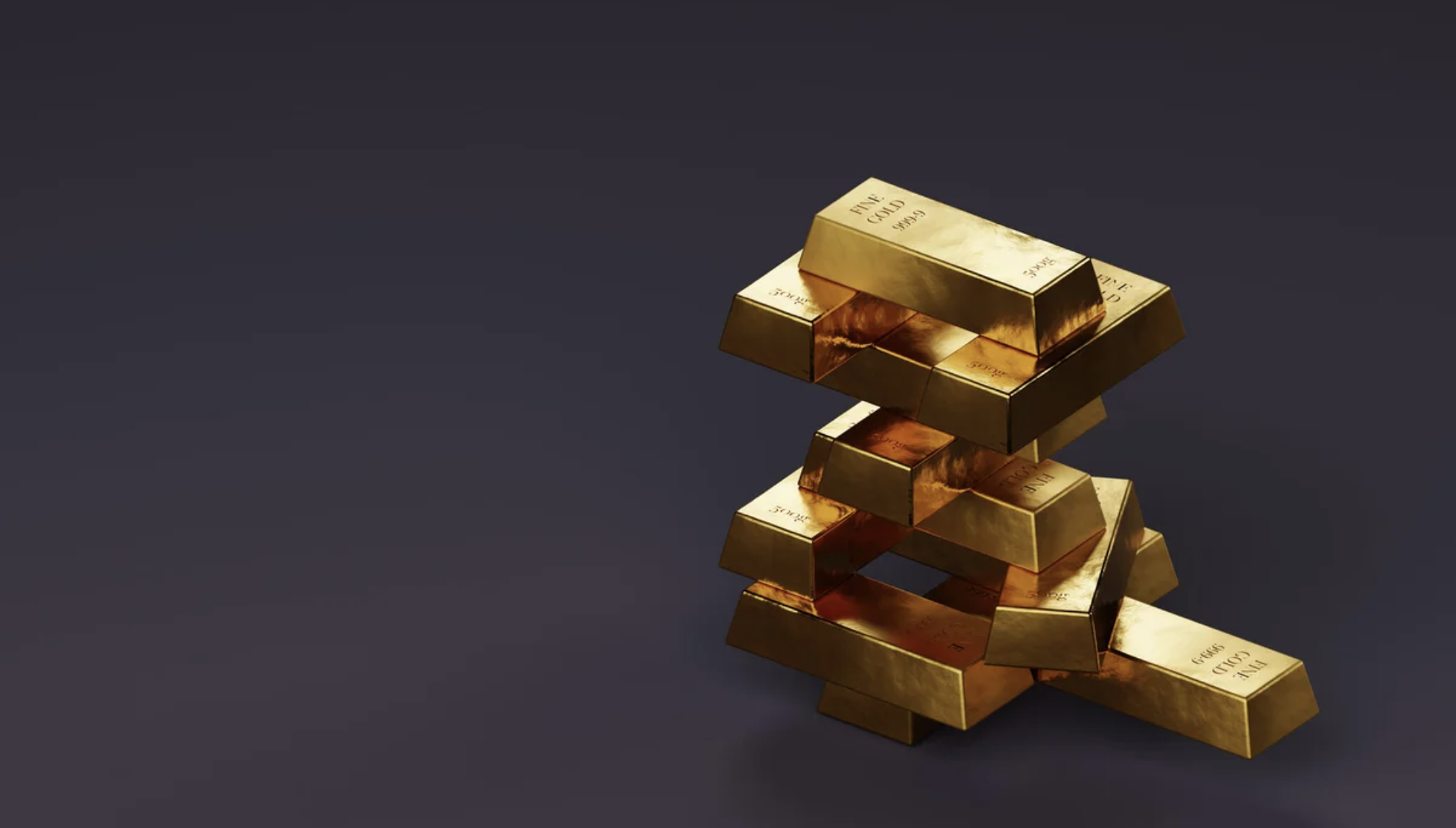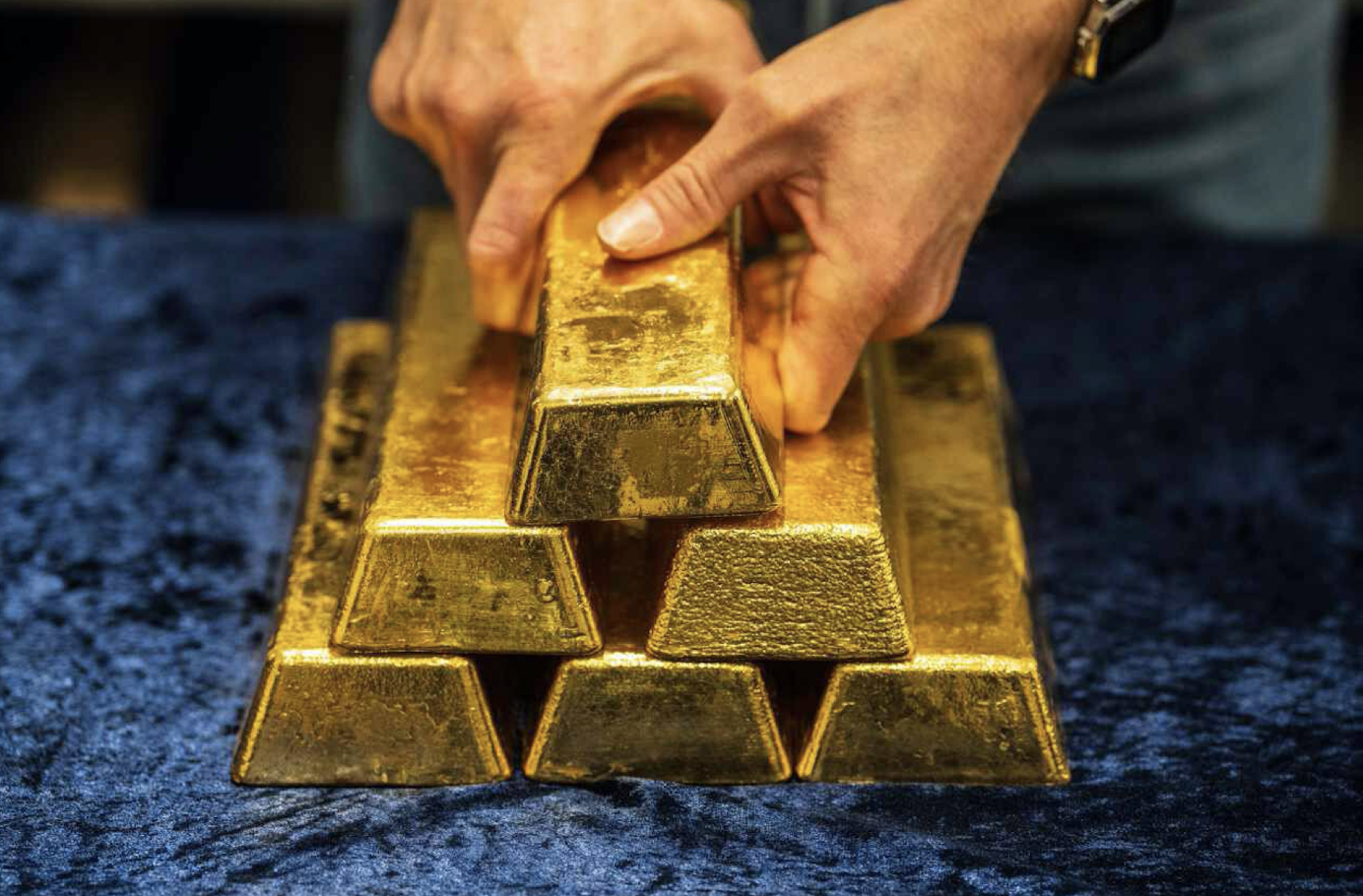100 Ounces of Silver for 1 of Gold? Here’s Why That Matters
%20(15).png)
Something remarkable just occurred in the precious metals market: the gold-to-silver ratio has surged to 100:1. Put simply, you now need 100 ounces of silver to purchase just one ounce of gold.
For those who keep an eye on metals markets, this is a major development. This kind of extreme ratio has only shown up a handful of times in modern financial history.
What Is the Gold-Silver Ratio?
If you’re not familiar with it, the gold-silver ratio is exactly what it sounds like—it measures how many ounces of silver it takes to equal the price of one ounce of gold. It’s essentially a gauge of how these two metals are valued in relation to each other.
What makes the current 100:1 ratio so striking is how far it strays from historical averages. Back when both metals were used as money, the long-term average was closer to 15:1. In other words, it used to take just 15 ounces of silver to buy an ounce of gold.
In more recent times, the ratio has generally hovered between 40:1 and 80:1. Seasoned investors typically see a ratio above 80:1 as a signal that silver is undervalued relative to gold—while a number below 40:1 suggests gold may be the cheaper metal in comparison.

When we see extreme readings like today’s 100:1 gold-silver ratio, it often suggests that something big could be on the horizon. Historically, these outlier moments tend to come before major shifts—whether in the broader economy or specifically within the precious metals market.
Why a 100:1 Gold-Silver Ratio Deserves Your Attention
To put it plainly, a 100:1 ratio is exceptionally rare. In fact, before this current spike, the only time we’ve seen this level since the year 2000 was during the COVID-19 market chaos in March 2020. And here's what makes that so noteworthy: investors who bought silver around that time—when it dipped to nearly $12 an ounce—saw massive returns. Just five months later, silver surged to $30/oz, delivering gains of nearly 150%.
What makes this ratio so compelling is its tendency to revert toward historical norms. These extreme levels rarely last. Eventually, the market adjusts—either silver begins to catch up by outperforming gold, or gold retreats while silver holds steady. Either way, moments like this often mark turning points for savvy investors.
Why Is Silver So Far Behind?
You might be asking yourself why silver appears so undervalued right now. The answer lies in a mix of economic roles, market dynamics, and investor behavior.
First, gold and silver serve different purposes in the modern economy. Gold continues to dominate as a safe-haven asset—a monetary hedge during uncertainty. Silver, on the other hand, straddles two worlds. It’s a precious metal, yes, but also a critical industrial material. And with recent manufacturing slowdowns and ongoing recession fears, silver’s industrial demand has weighed heavily on its price.
There’s also the institutional angle. Major players like central banks and large funds have been aggressively accumulating gold. Silver? Not so much—even though it shares many of the same monetary traits. This imbalance in buying power has tilted the scales even further.
Lastly, we’re seeing a strange disconnect between silver’s growing industrial demand—driven by sectors like solar energy and electric vehicles—and its lagging investment demand. Despite its increasing importance in the green economy, silver hasn't yet caught the same momentum as gold during recent global uncertainty.
At a 100:1 ratio, silver looks significantly undervalued compared to gold by historical standards. And that makes a strong case for silver’s potential upside.
What This Could Mean for Silver Investors
So what does this all mean if you’re considering silver?
Looking at history, these extreme gold-silver ratios rarely stick around. Over time, the market tends to rebalance. If the ratio begins to revert to its modern average—around 60:1—that would require silver to rise by nearly 67% compared to gold. And if we returned to a more bullish 40:1 level, similar to past silver rallies, the upside could be even greater.
Of course, this isn’t a guarantee—but it’s exactly the kind of setup that gets contrarian investors and precious metals enthusiasts excited. When a market strays this far from historical norms, it often snaps back.
While no one can perfectly time that shift, today’s 100:1 ratio strongly suggests silver may have more room to run than gold if history is any guide.
How to Potentially Take Advantage of This Setup
If you’re looking to position yourself for a possible silver rebound, there are a few smart strategies worth exploring:
1. Buy Physical Silver
One of the simplest and most direct ways to play this opportunity is by acquiring physical silver—coins, bars, or rounds. This gives you full control and ownership, with no counterparty risk. It’s a popular choice among long-term metals investors who value having the asset in-hand, especially during uncertain times.
2. Trade the Ratio
For more active or experienced investors, ratio trading can be an effective play. This involves exchanging some of your gold holdings for silver while the ratio is unusually high, with the intention of swapping back once the ratio returns to more typical levels. It requires good timing and a bit of market savvy—but historically, it’s worked well during extreme imbalances like this.
3. Accumulate Gradually
For most people, a more measured approach makes sense. Consider slowly adding silver to your portfolio over time—dollar-cost averaging into a position. This reduces the pressure of trying to time the bottom and lets you build exposure while silver remains historically undervalued.
A Few Risks to Keep in Mind
While the current 100:1 ratio suggests silver may have significant upside, it’s important to be aware of potential headwinds:
Patience Required
Market corrections don’t happen overnight. While the ratio tends to revert over time, it could take months—or even years—for a meaningful shift to play out.
Economic Weakness
In the event of a major global recession, silver could face pressure due to its industrial demand. Even if gold rises as a safe haven, silver might lag in the short term before catching up.
Technical Hurdles
Silver still faces some technical resistance levels that could act as speed bumps. These price zones might temporarily cap gains or slow upward momentum, even if the long-term fundamentals look solid.
In short, while silver’s current pricing relative to gold presents a potentially compelling opportunity, it’s important to match your strategy with your risk tolerance and time horizon. Whether you’re a hands-on investor or just looking to diversify smartly, there may never be a more interesting time to look at silver.
The Bigger Picture
It’s important to step back and look at the broader landscape. This 100:1 gold-silver ratio isn’t happening in a vacuum. It’s unfolding against a backdrop of unprecedented money printing by central banks, soaring government debt, and rising global tensions. Historically, these kinds of conditions have been a strong tailwind for precious metals.
What makes silver especially compelling right now is its dual role. Like gold, it offers a hedge against inflation and currency devaluation. But unlike gold, silver also plays a critical part in the industrial economy—particularly in fast-growing sectors like solar energy, electric vehicles, and medical technology. As the green energy transition accelerates, silver demand is poised to grow significantly.
A Rare Opportunity in the Silver Market
When the gold-silver ratio climbs to 100:1, it signals something extraordinary. This level has appeared only a handful of times in modern financial history—and it’s often marked major turning points. For investors willing to go against the grain and take the long view, this could be one of those rare moments where the odds are stacked in your favor.
Of course, no investment is without risk. But if history is any indication, extreme ratio levels like this have typically set the stage for strong silver performance—especially for those with the patience to ride out short-term volatility.
Ultimately, every investor’s situation is different. Your risk tolerance, financial goals, and time horizon should guide your next steps. But if you understand what these historical extremes have meant in the past, you’ll recognize that today’s market may be offering one of those once-in-a-decade opportunities.
Stay Informed: Get Our Market Alerts
With the gold-silver ratio hitting a historic 100:1, the next move could be pivotal. Stay ahead of the curve—sign up for our market alerts and be the first to know when opportunity knocks.
Disclaimer: This article is intended for informational purposes only and does not constitute investment advice. Markets are influenced by a wide range of economic factors and can be unpredictable. Past performance is not a guarantee of future results. Always perform your own due diligence before making any investment decisions.




